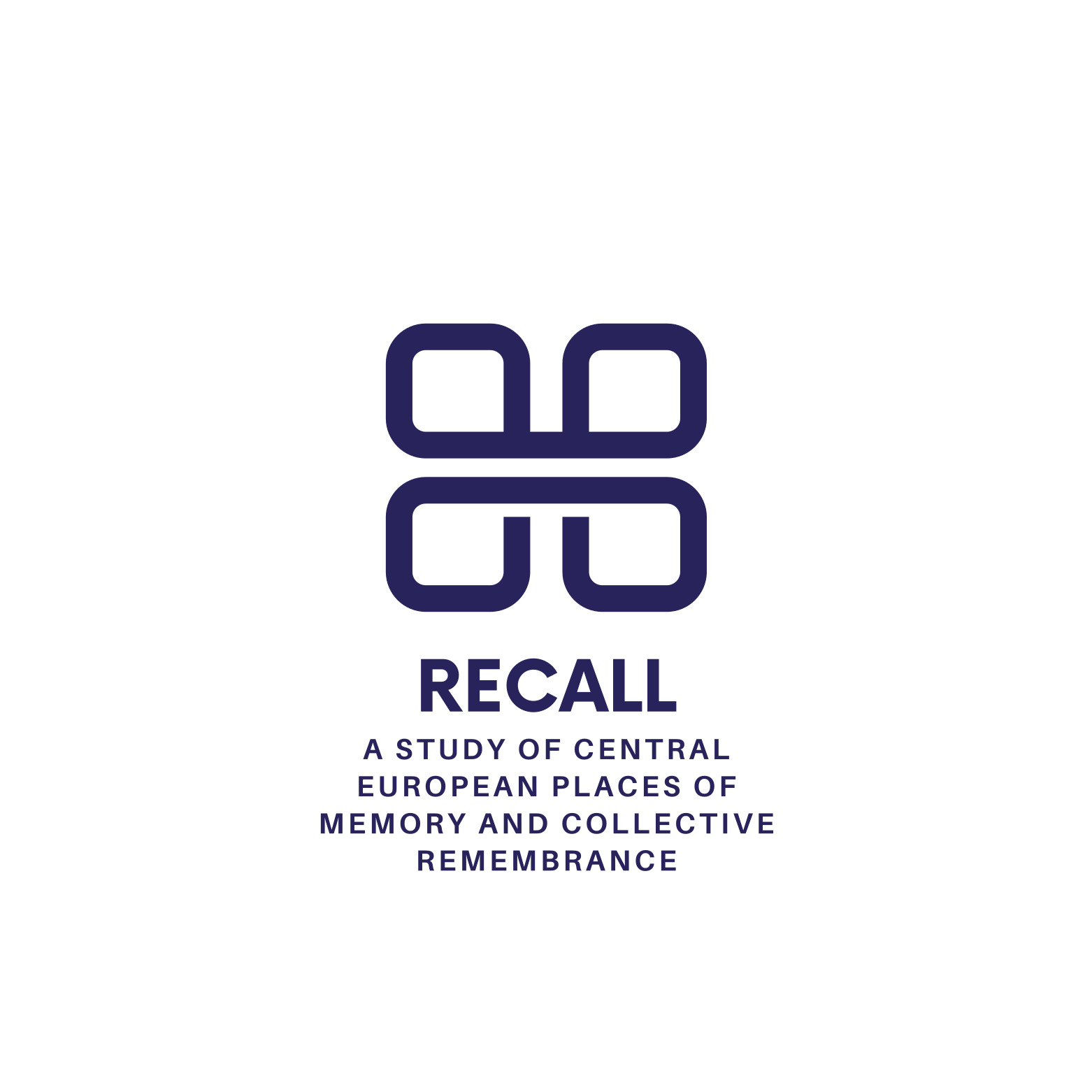
Szerző: BD
-
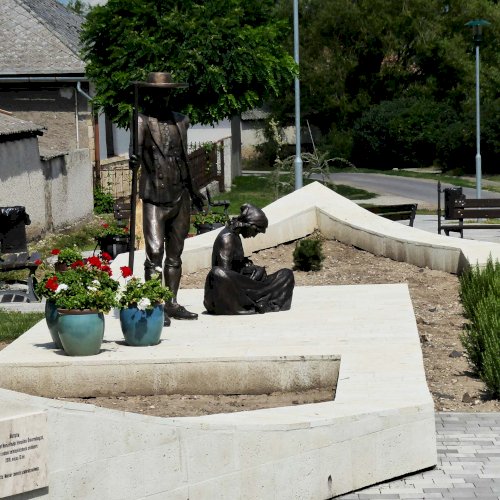
Rátka, a Tokaj Wine Region World Heritage Site’s German ethnic village, unveiled its Swabian Settlement Memorial in 2018 to honor the 270-year-old heritage of its community. Sculpted by Levente Molnár, the monument features a symbolic boat carrying a Swabian family—father, mother, and child—recalling their 18th-century journey and resettlement after the village’s devastation. The adjacent memorial park also commemorates Rátka’s twin towns, reinforcing its enduring cultural and Christian identity.
Settlement of Germans in the Kingdom of Hungary – Rátka
Settlement of Germans in the Kingdom of Hungary – Rátka Fact of the Hungarian figure „Minorities in Hungary” Part of…
-
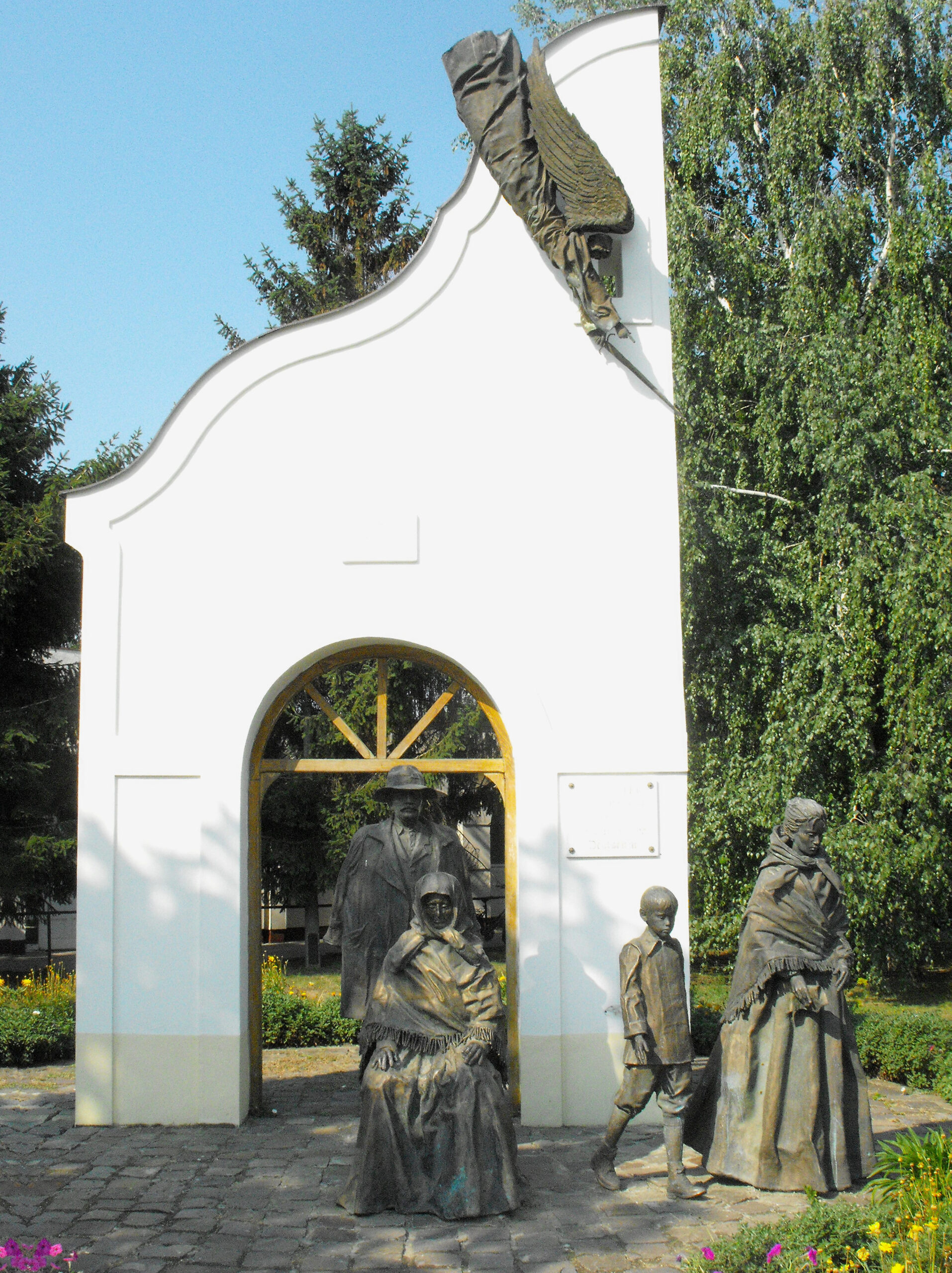
Created in 2001 by Szeged-based sculptor Sándor Kligl, the National Memorial of the Expelled Germans depicts a German family’s forced departure from their home, with a dark spirit looming above. Behind the five-figure bronze group stands a wall evoking a Swabian house from Created in 2001 by Szeged-based sculptor Sándor Kligl, the National Memorial of the Expelled Germans portrays a German family’s forced departure from their home, with a dark spirit looming above. Behind the five-figure bronze group stands a wall reminiscent of a Swabian house from 1724, marking the year Catholic Germans were first settled in the area by Johann Georg Harruckern. 1724, marking the year Catholic Germans were first settled in the area by Johann Georg Harruckern.
The expulsion of the German minority – Elek
The expulsion of the German minority – Elek Fact of the Hungarian figure „Minorities in Hungary” Part of the „The…
-
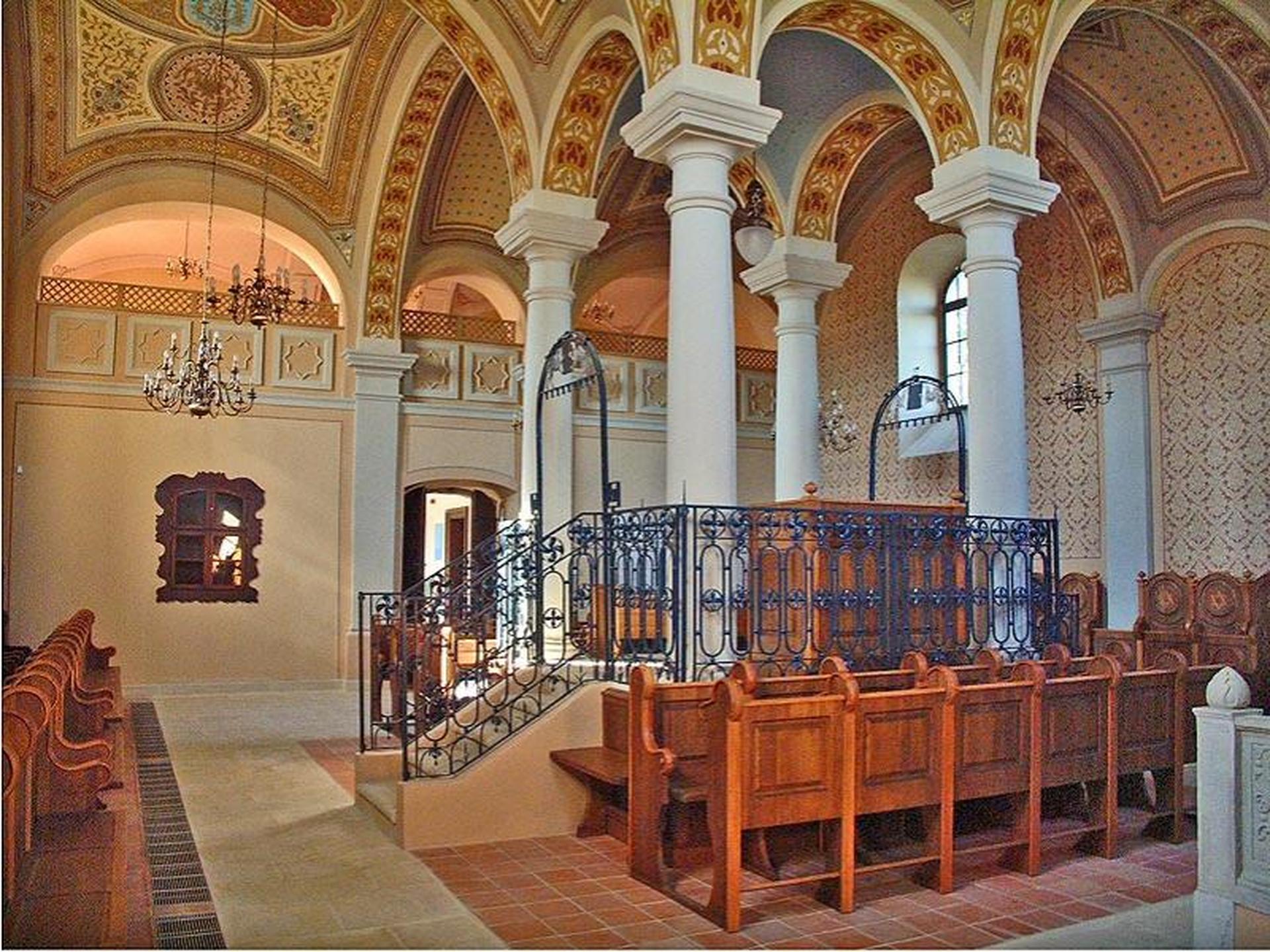
The interior of the synagogue in Mád reflects Baroque influences blended with Polish and Lithuanian traditions, featuring richly ornamented details and Hebrew inscriptions from the late 18th century. Once nearly lost to decay, the space was meticulously restored and now stands as a vibrant monument to the Jewish heritage of Tokaj-Hegyalja.
The emancipation of the Jews in the Austrian-Hungarian monarchy – Mád
The emancipation of the Jews in the Austrian-Hungarian monarchy – Mád Fact of the Hungarian figure „Minorities in Hungary” Part…
-
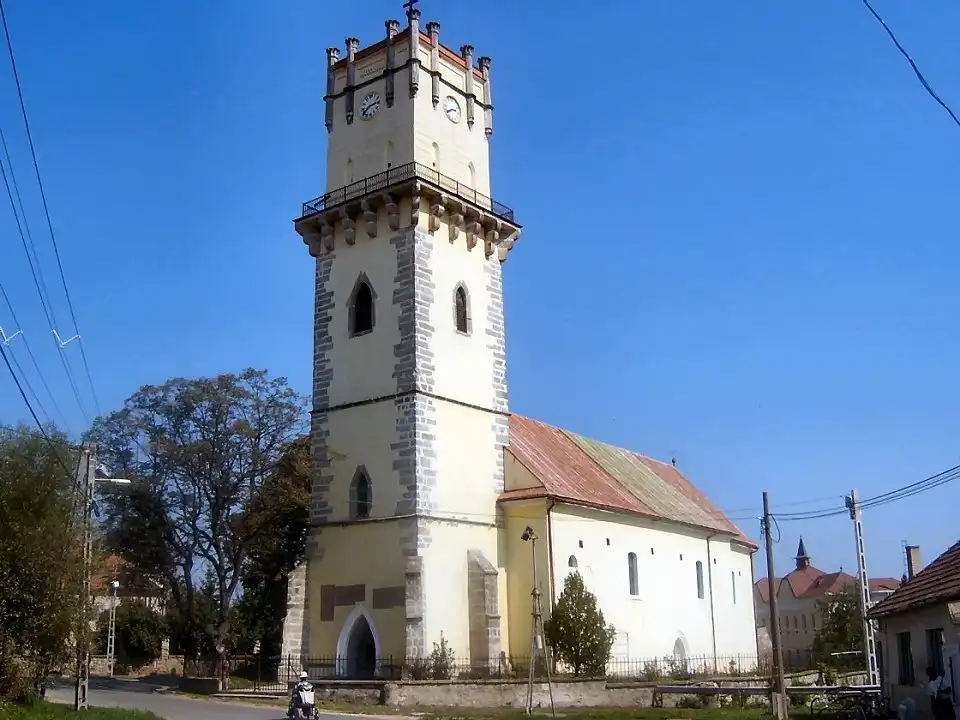
Built in 1320 in Gothic style and later vaulted in Baroque fashion, the Church of the Assumption in Bodrog stands as one of the region’s oldest monuments. Its fortified tower, once a military lookout, and the legend of stolen church treasures rising from the Bodrog River reflect both its historical and mythical significance.
Italians and others in the Medieval Hungarian Kingdom – Olaszliszka
Italians and others in the Medieval Hungarian Kingdom – Olaszliszka Fact of the Hungarian figure „Minorities in Hungary” Part of…
-
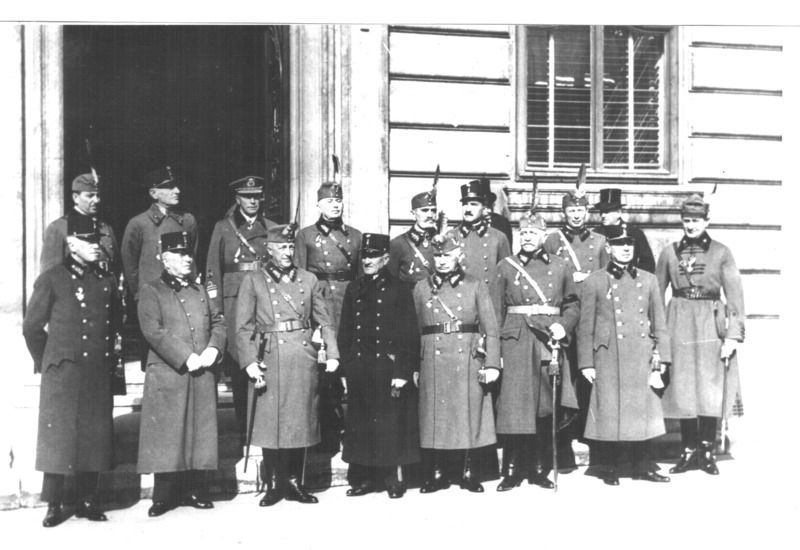
The photograph shows the third Szeged counter-government, a key force in Hungary’s post-World War I recovery. Formed after internal divisions and external pressures, this temporary government aimed to unite anti-communist national forces and reestablish political order after the collapse of the Hungarian Soviet Republic. Although fragile and short-lived, it played a crucial role in organizing the National Army under Horthy Miklós and laying the foundations for Hungary’s political transition in 1919.
Counter-revolutionary governments and the Anti-Bolsevista Comité – Szeged
Preludes – Counter-revolutionary governments – Szeged Fact of the Hungarian figure „Arrival of Horthy” Part of the „Creation of the…
-

The Civitas Fortissima Memorial stands in the main square of Balassagyarmat, commemorating the citizens who fought and died during the 1919 uprising against Czechoslovak occupation. Originally honored with a plaque in 1922, the memory of the „Bravest City” was suppressed during the socialist era, but was fully restored after 1989. In 2002, a new memorial created by sculptor Péter Párkányi Raab was unveiled, becoming a central site for the annual January 29th commemorations.
Civitas fortissima – Armed resistance after the peace treaty – Balassagyarmat
Civitas fortissima – Armed resistance after the peace treaty – Balassagyarmat Fact of the Hungarian figure „No. No. Never.” –…
-
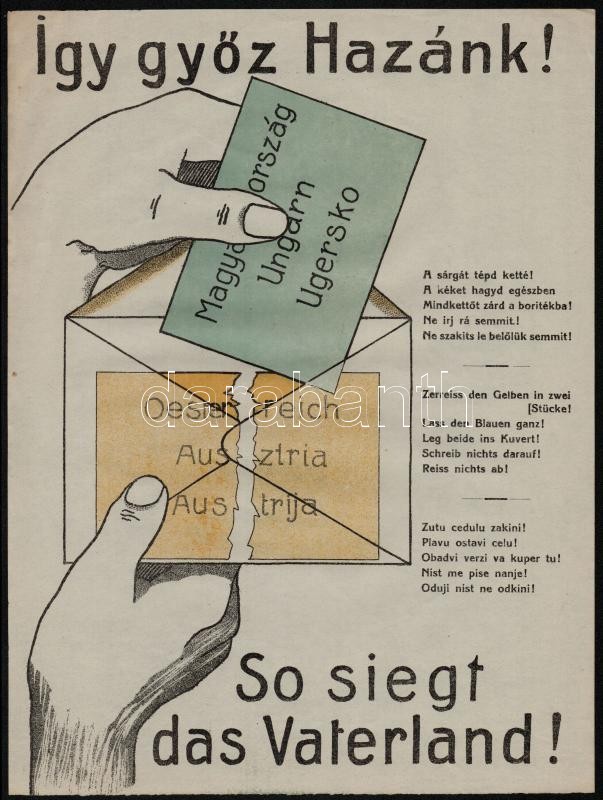
A colorful Hungarian propaganda poster titled „Thus Our Homeland Triumphs!” from the time of the Sopron referendum in 1921, created as a lithograph to encourage patriotic sentiment.
Civitas fidelissima – Peaceful attempts at revision – Sopron
Civitas fidelissima – Peaceful attempts at revision – Sopron Fact of the Hungarian figure „No. No. Never.” – Treaty of…
-
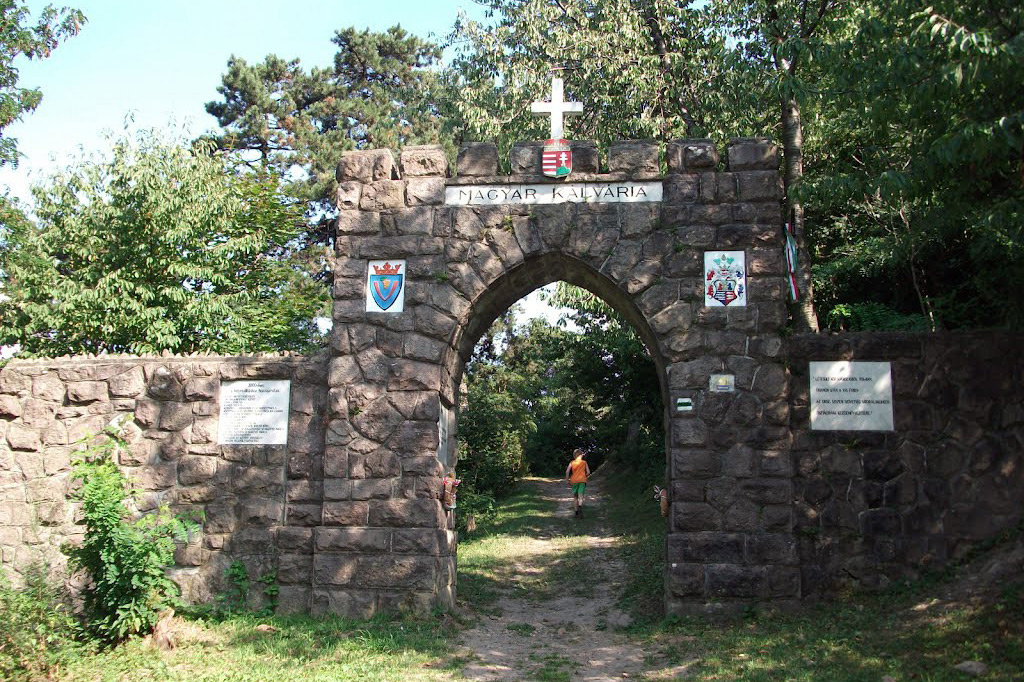
The entrance to the Hungarian Calvary in Sátoraljaújhely, a historical memorial built atop Szár-hegy, commemorates the town divided by the Trianon Treaty. Severely damaged during World War II and later neglected under the communist regime, the site was restored through community efforts after 1989. The Hungarian Calvary was rededicated on August 19, 1990, and later renovations included the Saint Stephen Chapel and the National Flag monument.
Hungarian revisionist memory between the two world wars – Hungarian Calvary, the 100th National Flag Monument
Hungarian revisionist memory between the two world wars – Hungarian Calvary, the 100th National Flag Monument Fact of the Hungarian…
-
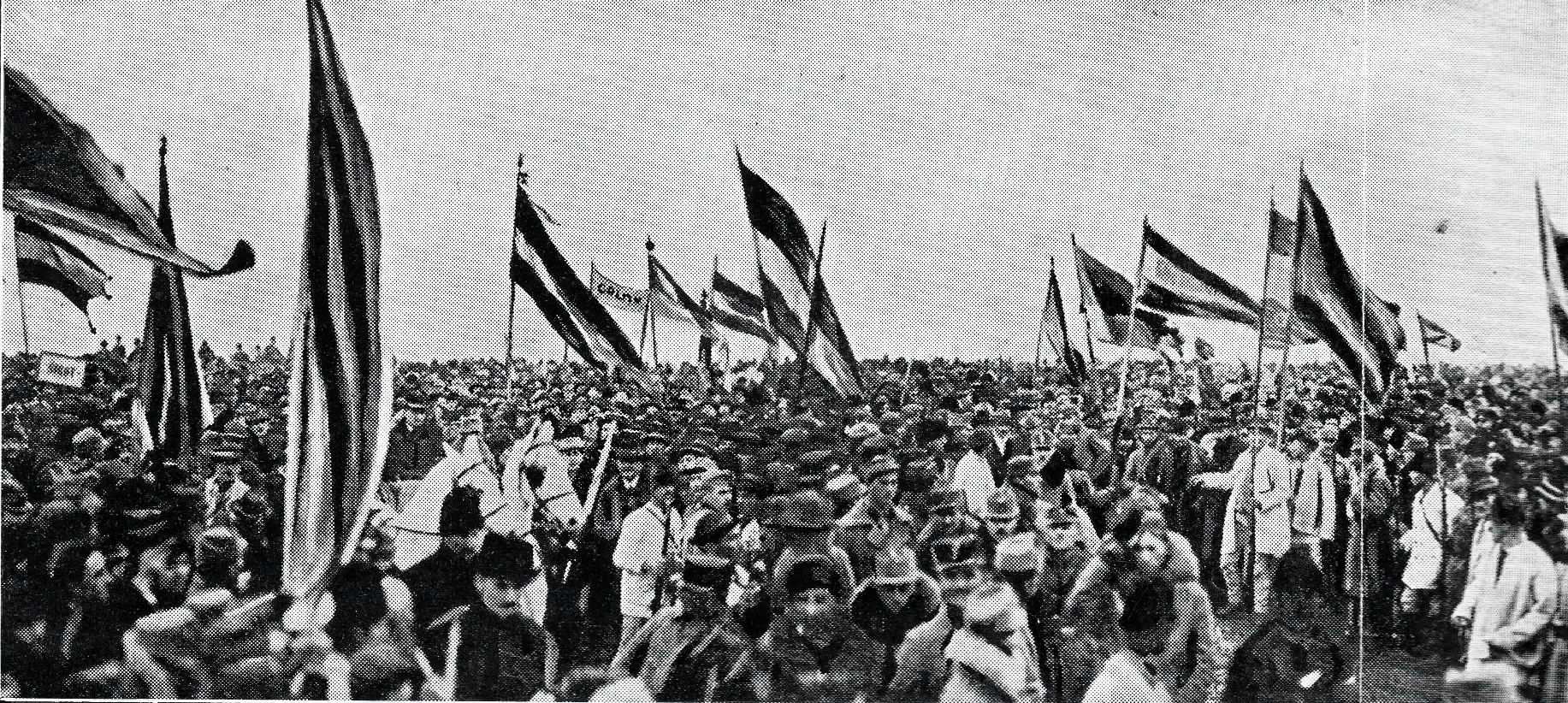
Picture of the Great National Assembly of Alba Iulia, taken by Samoilă Mârza
Great National Assembly of Alba Iulia – Alba Iulia (Gyulafehérvár)
Great National Assembly of Alba Iulia – Alba Iulia (Gyulafehérvár) Fact of the Hungarian figure „No. No. Never.” – Treaty…
-
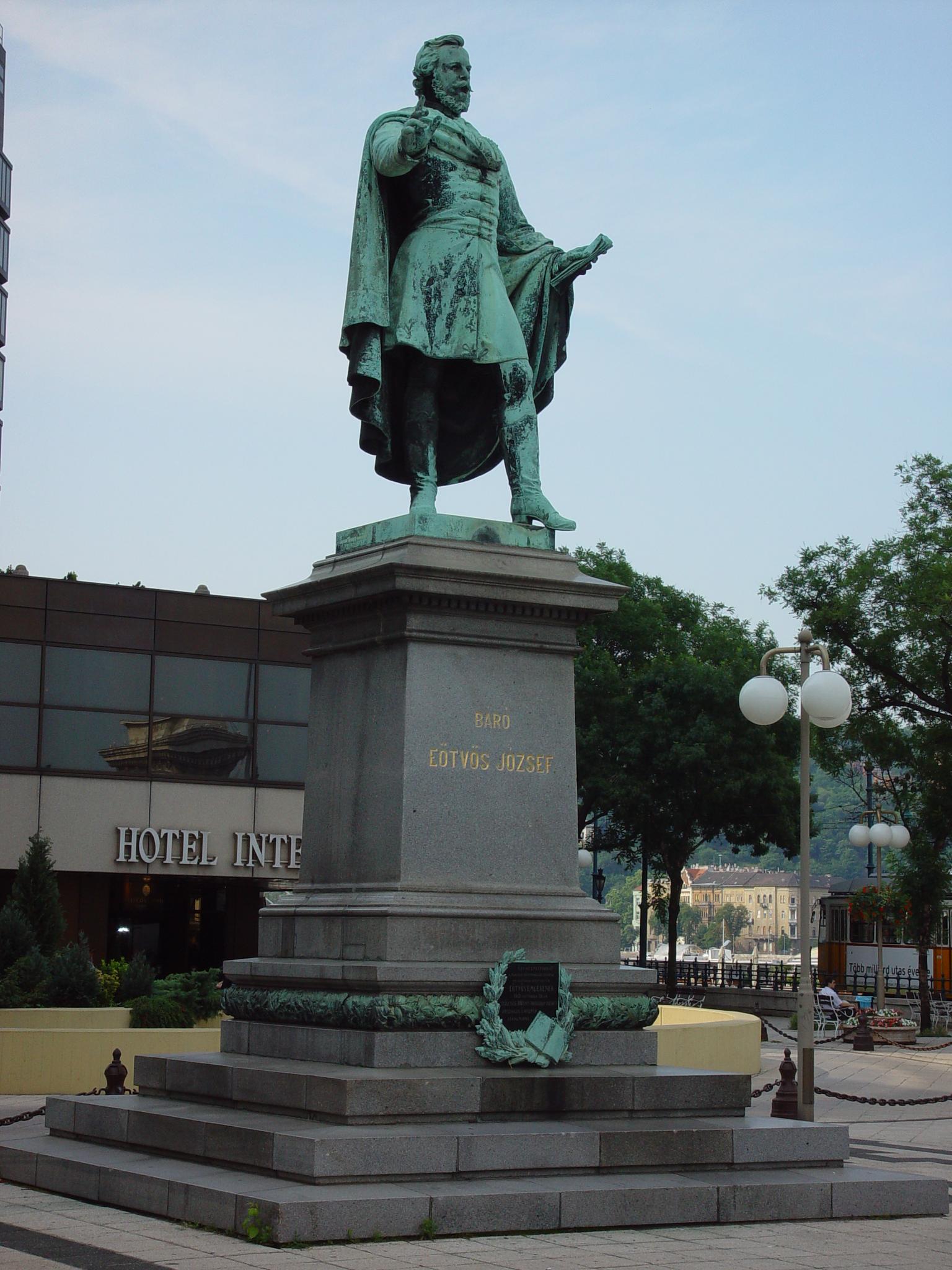
The statue of Baron József Eötvös, designed in a historicist style, was originally planned for Erzsébet Square but was ultimately erected along the Danube Promenade in 1879, with a base designed by Miklós Ybl and executed by Jakab Kauser from Mauthausen granite. Depicting Eötvös in traditional Hungarian dress holding a scroll, the 390 cm bronze statue and its 459 cm pedestal once stood within an ornate iron fence, which was removed during its 1981 relocation after wartime and urban redevelopment. As one of the two symbolic endpoints of the classical Danube Promenade, the Eötvös monument, alongside Petőfi’s, contributed to the iconic architectural harmony of Budapest’s riverside landscape.
József Eötvös’s Nationality Law and the violent attempts at Magyarization – Budapest, Eötvös-Monument
József Eötvös’s Nationality Law and the violent attempts at Magyarization – Budapest, Eötvös-Monument Fact of the Hungarian figure „No. No.…
